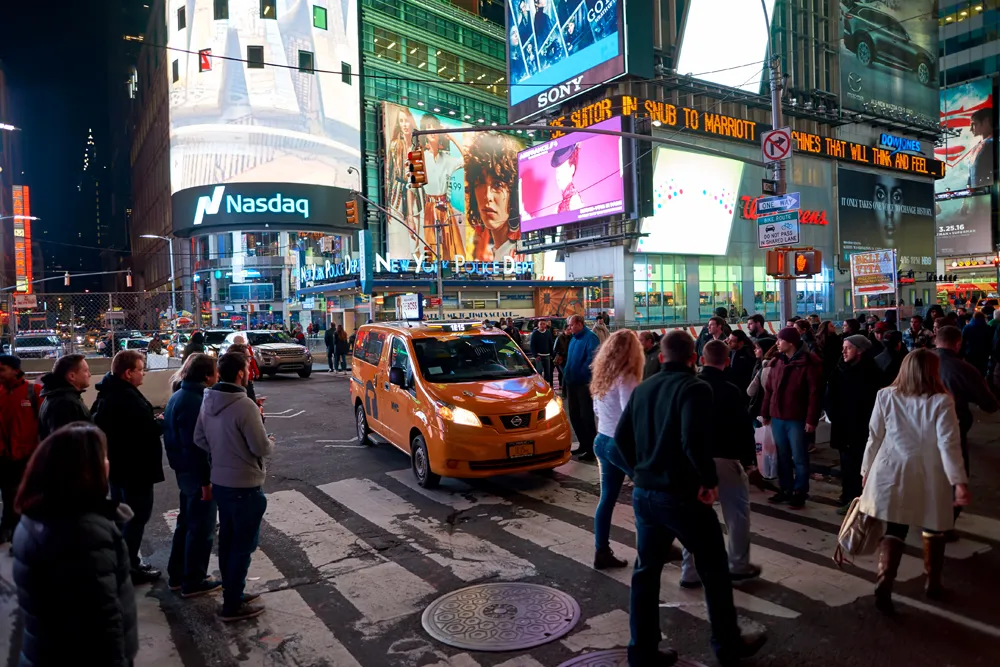A smart highway project, which has glowing lines painted on each side of the road, has been launched in the Netherlands.
The brainchild of Dutch artist Daan Roosegaarde, the project is part of the N329 Road of the Future in Oss. Both edges of the road have been painted with three lines of photo-luminescent paint, which absorbs light during the day and them glows green during the night. Roosegaarde calls these lines ‘Glowing Lines’. The aim is to increase visibility and safety.
The project has been ins
October 24, 2014
Read time: 2 mins
A smart highway project, which has glowing lines painted on each side of the road, has been launched in the Netherlands.
The brainchild of Dutch artist Daan Roosegaarde, the project is part of the N329 Road of the Future in Oss. Both edges of the road have been painted with three lines of photo-luminescent paint, which absorbs light during the day and them glows green during the night. Roosegaarde calls these lines ‘Glowing Lines’. The aim is to increase visibility and safety.
The project has been installed in collaboration with Dutch construction company6836 Heijmans and is the first of a series of projects planned by the two companies.
Next month, Roosegaarde and Heijmans will launch the next smart highway project, the Van Gogh-Roosegaarde light emitting bicycle path, part of the historic Van Gogh route in Nuenen. This spinoff is inspired by Van Gogh’s masterpiece ‘Starry Night’ and, says Roosegaarde, gives cyclists the opportunity to experience a modern version of the painting in an innovative landscape.
The Dutch minister of Infrastructure has also asked Roosegaarde to design a smart highway for the iconic Afsluitdijk dike, which runs for a distance of 32 kilometres, 7.2 metres above sea level.
The brainchild of Dutch artist Daan Roosegaarde, the project is part of the N329 Road of the Future in Oss. Both edges of the road have been painted with three lines of photo-luminescent paint, which absorbs light during the day and them glows green during the night. Roosegaarde calls these lines ‘Glowing Lines’. The aim is to increase visibility and safety.
The project has been installed in collaboration with Dutch construction company
Next month, Roosegaarde and Heijmans will launch the next smart highway project, the Van Gogh-Roosegaarde light emitting bicycle path, part of the historic Van Gogh route in Nuenen. This spinoff is inspired by Van Gogh’s masterpiece ‘Starry Night’ and, says Roosegaarde, gives cyclists the opportunity to experience a modern version of the painting in an innovative landscape.
The Dutch minister of Infrastructure has also asked Roosegaarde to design a smart highway for the iconic Afsluitdijk dike, which runs for a distance of 32 kilometres, 7.2 metres above sea level.










